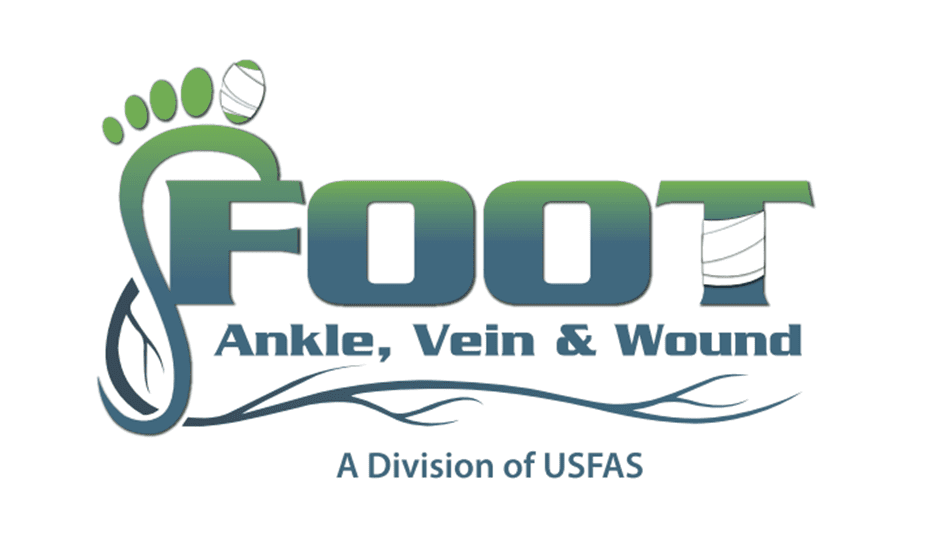
Achilles tendinitis is a common source of pain and misery in the heels and ankles, especially among active adults. Repetitive, high-stress activities (think running, tennis, or basketball) can cause the tendon fibers to swell, tear, or even degenerate. Older adults are particularly at risk, since at this time tendons are generally becoming weaker and less flexible with age.
But let’s hold up for a second. How can you be sure that your heel pain is Achilles tendinitis? The truth is that many heel pain conditions feature very similar symptoms, and the causes can even overlap. If you don’t know what the problem is—or you try to self-diagnose and get it wrong—you might not know the best way to treat it.
Some of the telltale signs of Achilles tendinitis include:
- Pain located along the back of the leg, typically just above the back of the heel. This is where the Achilles tendon inserts into the heel bone, and is thinnest and weakest here.
- Stiffness and tenderness along the Achilles tendon, particularly in the early morning.
- Pain and swelling that worsens throughout the day, particularly after a period of activity.
- A lump may form on the tendon at the back of the leg.
The location of the pain is the easiest way to distinguish Achilles tendinitis from its primary competition for “most popular source of heel pain,” plantar fasciitis. In that condition, pain is located principally on the underside of the foot, typically underneath the heel or just in front of it.
There are other potential causes of your heel pain, too. Achilles bursitis, a swelling of a fluid-filled sac called a bursa, often occurs alongside Achilles tendinitis and may be almost impossible to distinguish from it unless inspected by a professional. Other possibilities include compressed nerves (such as tarsal tunnel syndrome), stress fractures, or even arthritis.
Even when symptoms can seem so similar, the most appropriate treatment remedy can vary significantly based on precisely what, where, and how. That’s why, if symptoms persist longer than a couple of days, you should always make an appointment with the Foot & Ankle Clinic of the Virginias. We’ll help you determine the best course of action, whether that includes new shoes, custom orthotics, stretches, surgery, or other potential solutions.
To see us in any of our convenient locations—Blacksburg and Bluefield in Virginia, or Charleston, Beckley, Montgomery, Oceana, or Princeton in West Virginia—give us a call at (800) 456-8637.

